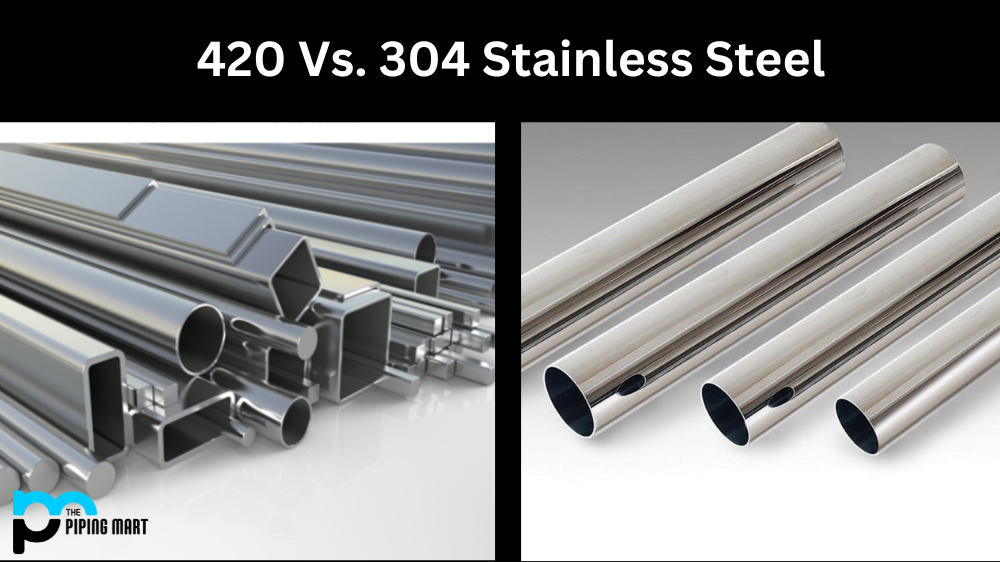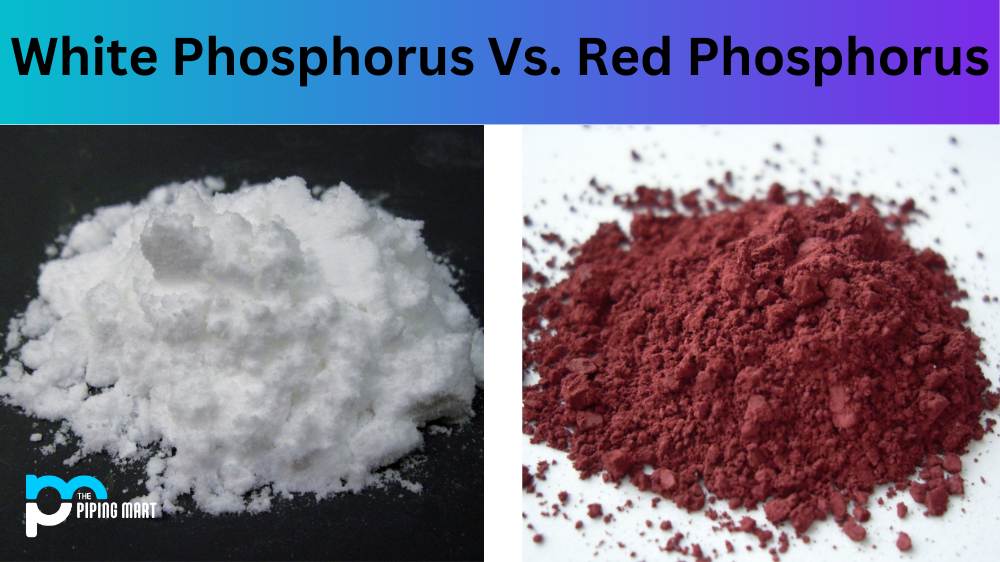If you are an engineer or a manufacturer, chances are you have heard the terms “420” and “304” stainless steel. Both 420 and 304 stainless steels have unique properties, making them popular for different applications. In this blog post, we will discuss the main differences between 420 and 304 stainless steel to help you decide which is best for your project.W
420 Stainless Steel Properties
420 stainless steel is commonly used in engineering, construction, automotive parts, knives, medical instruments, kitchenware, and much more. It is highly resistant to temperature changes and corrosion due to its high chromium content. Furthermore, it is also known for its strength and hardness. However, one downside of 420 stainless steel is that it is less heat-resistant than 304 stainless steel. It is also unsuitable for welding because of its low carbon content.
304 Stainless Steel Properties
304 stainless steel is widely used in manufacturing due to its excellent corrosion resistance. It has superior thermal conductivity compared to other types of stainless steel. Furthermore, it can withstand higher temperatures without losing its integrity or becoming brittle. This makes it ideal for applications that require high temperatures, such as boilers or food processing equipment. Unlike 420 stainless steel, however, it cannot be hardened by heat treatment, so it may not be suitable for some uses that require superior strength or hardness.
Difference Between 420 and 304 Stainless Steel
Composition
The main difference between 420 and 304 stainless steel is the composition. 420 stainless steel contains high levels of chromium and carbon, while 304 stainless steel does not contain high levels of chromium and carbon
Properties
420 stainless steel has higher hardness and strength than 304 stainless steel. It also has better corrosion resistance and wear resistance.
Uses
420 stainless steel is typically used for knives, scissors, and other cutting tools, while 304 stainless steel is typically used for kitchen utensils, sinks, and other kitchenware.
Cost
420 stainless steel is more expensive than 304 stainless steel.
Availability
420 stainless steel is less available than 304 stainless steel.
Conclusion:
When deciding between 420 and 304 stainless steel for your next project or product design, consider the intended use case before choosing one over the other based on the individual characteristics discussed above. Ultimately though, if you need a material with superior corrosion resistance at higher temperatures, then 304 stainless steel may be the preferred option, whereas if cutting tools or knives are required, then 420 would likely be the better choice due to its hardness and strength properties at lower temperatures than those found with 304 SS materials. Ultimately only you can decide which type of stainless steel best fits your needs based on the specific requirements of your project!

Abhishek is a seasoned blogger and industry expert, sharing his insights and knowledge on various topics. With his research, Abhishek offers valuable insights and tips for professionals and enthusiasts. Follow him for expert advice on the latest trends and developments in the metal industry.




